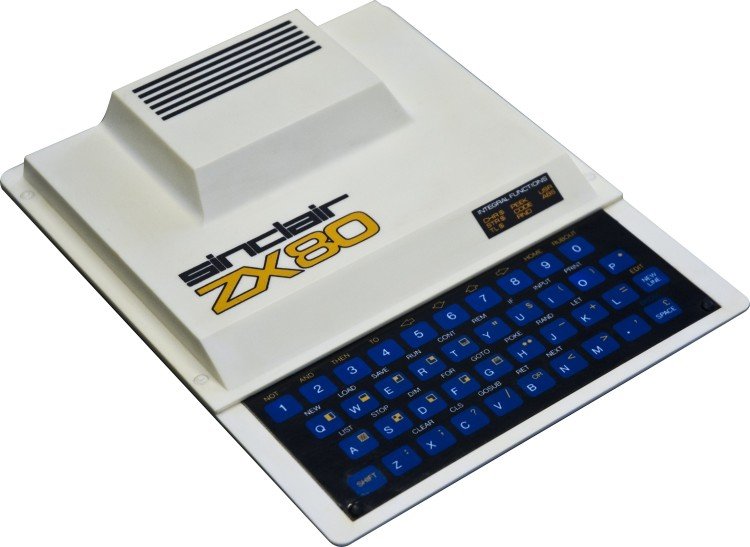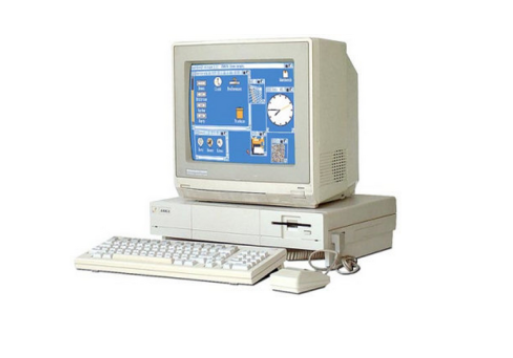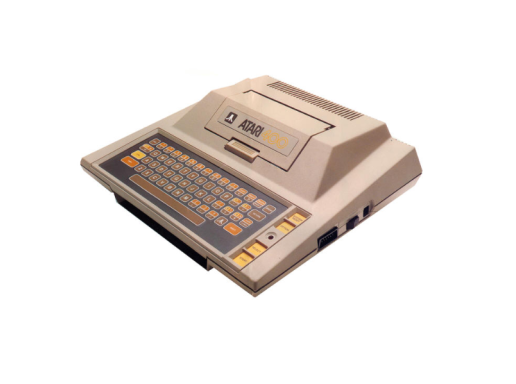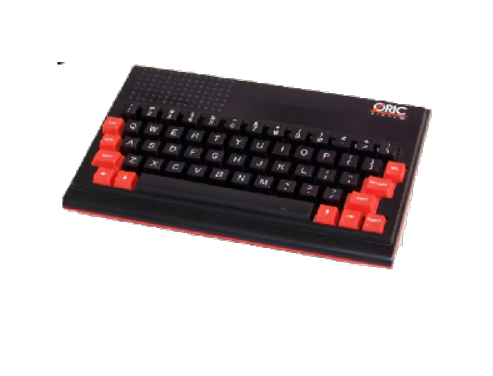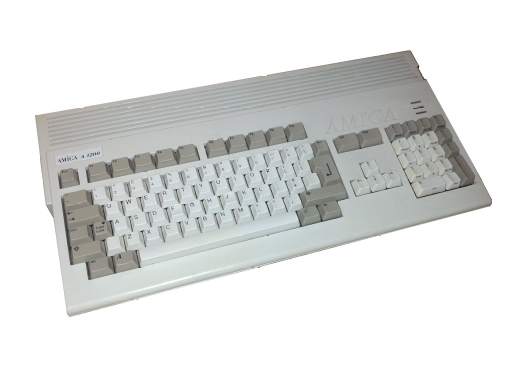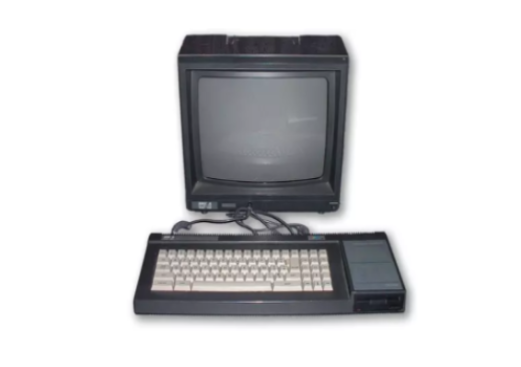The £99 Revolution to homes:
Sinclair ZX80 & ZX81
In the late 1970s, as the personal computing revolution began to take shape, a British electronics firm known for calculators and audio equipment decided to enter a new frontier. Sinclair Radionics, under the leadership of Sir Clive Sinclair, transformed itself from a consumer electronics manufacturer into one of the most influential computer companies in the UK. This transformation led to the development of the ZX80 and ZX81 — two minimalist home computers that democratized computing for a generation. Sinclair Radionics, founded by Clive Sinclair in 1961, had built its reputation on affordable consumer electronics, including radios and pocket calculators. By the late 1970s, however, declining profits and intense competition in the calculator market forced Sinclair to seek new opportunities. Recognizing the potential of microcomputers, Clive Sinclair envisioned creating low-cost computers affordable enough for ordinary households. To realize this goal, he founded a new venture in 1979: Sinclair Research Ltd. This new company would focus exclusively on developing affordable personal computers, starting with what would become the ZX80.
Released in February 1980, the ZX80 was Britain’s first mass-market home computer and one of the first truly affordable personal computers in the world. It was named after the Z80 microprocessor (although technically it used a Z80-compatible NEC chip), which operated at 3.25 MHz. The ZX80 featured a mere 1 KB of RAM, though expansions up to 16 KB were available. It was revolutionary in its pricing: just £99.95 in kit form or £119.95 assembled. For the first time, a computer was cheaper than many contemporary calculators or televisions, opening up ownership to hobbyists and families. The ZX80 had a distinctive white plastic case with a membrane keyboard — more like a touchpad than traditional keys — and connected to a household television for display. It output monochrome text and rudimentary block graphics using a resolution of 32 columns by 24 rows. Programs were stored on standard cassette tapes. Sinclair’s engineers achieved such affordability by minimizing components and omitting features standard in more expensive computers. Notably, the ZX80 lacked hardware-based floating-point math and relied entirely on software for graphical display. As a result, the screen blanked whenever the CPU was processing input or running a program — a quirk users quickly became familiar with. While the ZX80’s power was limited, it attracted significant attention in both the UK and US. Magazines like Practical Computing and Your Computer praised it as a technological marvel, offering home computing at a previously unthinkable price point. Over 50,000 units of the ZX80 were sold before its successor was released — a significant figure for an early home computer, especially considering its lack of polish compared to more expensive rivals like the Apple II or Commodore PET.
The ZX81: Refining the Vision
Building on the success of the ZX80, Sinclair Research launched the ZX81 in March 1981. Retailing at £49.95 in kit form and £69.95 assembled, the ZX81 was even cheaper than its predecessor — an extraordinary achievement considering its improved functionality.
The ZX81 maintained the same core Z80 processor and minimalist design but introduced several key enhancements:
- A redesigned black plastic case.
- Improved power efficiency, reducing chip count with a custom ULA (Uncommitted Logic Array).
- Introduction of SLOW and FAST display modes: in SLOW mode, the screen stayed visible during processing, albeit at reduced speed.
- Floating-point math in BASIC, making calculations more practical.
With just 1 KB of onboard RAM, the ZX81 still relied on RAM packs for expansion, typically up to 16 KB. Programs were loaded from cassette tapes, and output remained black-and-white on a TV display.
Sales Success and Global Impact
The ZX81 was a phenomenal commercial success, selling around 1.5 million units worldwide. Sinclair marketed it effectively in both the UK and the United States, partnering with Timex to rebrand and distribute the ZX81 as the Timex Sinclair 1000 in North America. In Britain, the ZX81 became many users’ first computer. Schools, hobbyists, and home users embraced the machine for programming in BASIC, gaming, and educational applications Throughout the early 1980s, Sinclair Research and Clive Sinclair himself gained significant media attention. Newspapers and magazines hailed Sinclair as a British innovator, likening him to Steve Jobs or Bill Gates. Nevertheless, the press agreed that Sinclair had transformed personal computing from a niche hobby into a mainstream phenomenon.
Competitors
In the UK, the main competitors were:
- Commodore VIC-20, offering color graphics and better sound.
- BBC Micro, more powerful but significantly more expensive.
- Atari 400/800 series, providing advanced graphics but at a premium price.
Despite these rivals, Sinclair’s aggressive pricing strategy ensured dominance in the low-cost segment.
The Legacy
The ZX80 and ZX81 established Sinclair Research as Britain’s premier computer brand in the early 1980s. By breaking the price barrier, Sinclair introduced thousands of people to computing, many of whom went on to careers in the industry. These early machines paved the way for Sinclair’s most famous computer: the ZX Spectrum, released in 1982, which added color graphics and sound, solidifying Sinclair’s place in computing history. The ZX80 and ZX81 were not powerful or feature-rich computers, but they were revolutionary nonetheless. By focusing on cost and simplicity, Sinclair Research transformed the personal computer from an expensive luxury into a household device. Clive Sinclair’s vision and these two humble machines played a key role in bringing computing to the masses — making them icons in the history of technology.
Eventually, however, Sinclair’s fortunes faded. Intense competition from Commodore, Amstrad, and overseas manufacturers, combined with poor investments in other products (like the Sinclair C5 electric vehicle), led to financial trouble. In 1986, Sinclair’s computer business was sold to Amstrad.
